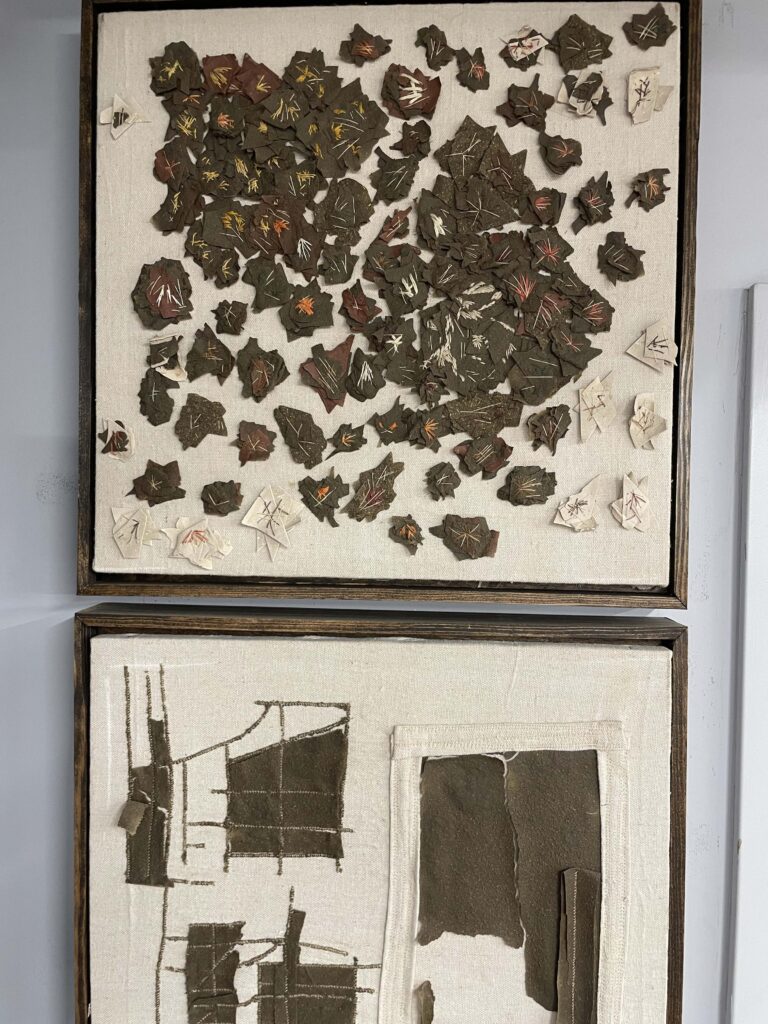
Researchers at Columbia University have succeeded in creating a fabric that’s made from at least 60 percent dirt. Penmai Chongtoua, working with Columbia’s Natural Materials Lab director Prof. Lola Ben-Alon, began to explore the possibility of wearing “earth.”
After graduating from the MA in Climate and Society program at the Columbia Climate School in 2022, Chongtoua came to work as an associate researcher in the Natural Materials Lab at Columbia’s Graduate School of Architecture, Preservation, and Planning. With a design background in textiles and fashion from her undergraduate studies, she didn’t expect to become a materials scientist, but she wanted to encourage people to examine their relationship with the earth, and reimagine more symbiotic ways to coexist with it.

After the researchers first made a material that was more sculptural and static, the next phase of development was a more dynamic and flexible material. In the end, they decided to test out bioplastics derived from natural materials such as corn starch, cellulose, or alginate found in brown algae. In a series of experiments, the researchers tried out many “recipes” consisting of different combinations of soil, fibers and bioplastics.
“Finally, we found a recipe composition that has over 60 percent soil, so the majority of the material is still soil-based, but it is a flexible, wearable, movable piece of fabric,” says Chongtoua.
The researchers are currently developing a course that would teach future designers and architects the art and chemistry of bioplastics and earth-based materials. Additionally, they are working with Columbia Ventures to register a patent on the fabric invention.
 TEXTILES.ORG
TEXTILES.ORG


